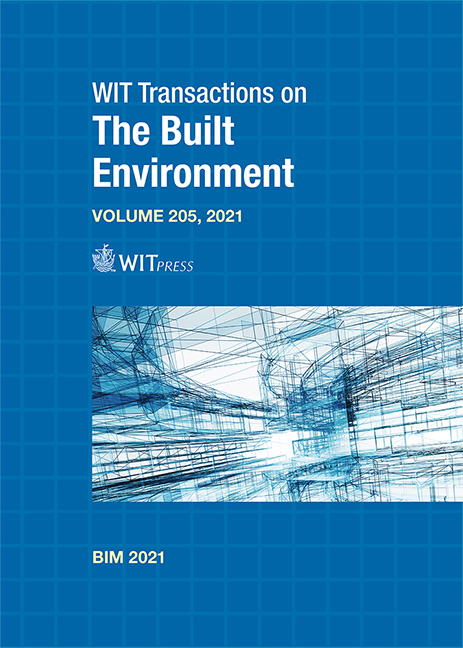RETROSPECTIVE STUDY ON THE ITERATIVE METHODS OF ARCHITECTURAL VISUALIZATION FROM THE NEOLITHIC TO THE DIGITAL BUILDING INFORMATION MODEL
Price
Free (open access)
Transaction
Volume
205
Pages
13
Page Range
193 - 205
Published
2022
Paper DOI
10.2495/BIM210161
Copyright
Author(s)
MATTHIAS STANGE
Abstract
The current application of building information modelling (BIM) is supposed to be a promising design methodology and plays an essential role in visualizing the architectural process from the early design phase through planning and construction up to building usage and recycling. The application of BIM and its associated processes are seen as key to increasing productivity in the architecture, engineering and construction (AEC) industries. With the help of BIM, all building information is available in real time to all stakeholders involved throughout the entire lifecycle. However, there is a large research gap on the developmental steps of architectural visualization from the beginnings of civilization in the Neolithic through the outstanding discoveries of the Renaissance to the digital building information model we use today. In particular, in response to the questions: What fundamental developments in architectural visualisation have made the currently used building information model possible, and what are the prospects? With the help of an extensive literature review, this study examines the developmental stages of architectural practice and architectural visualisation, as well as their communicative achievements and culture-creating or culture-changing effects. The analysis focuses on the triggers of significant developments, their importance for subsequent methods and the transmission of knowledge across epochs. In particular, with regard to the main barriers to the implementation and use of BIM, which are still present despite the fact that BIM has been on the market since the 1980s.
Keywords
architecture engineering construction (AEC) process, visualization, development stages, knowledge transfer, building information modelling





